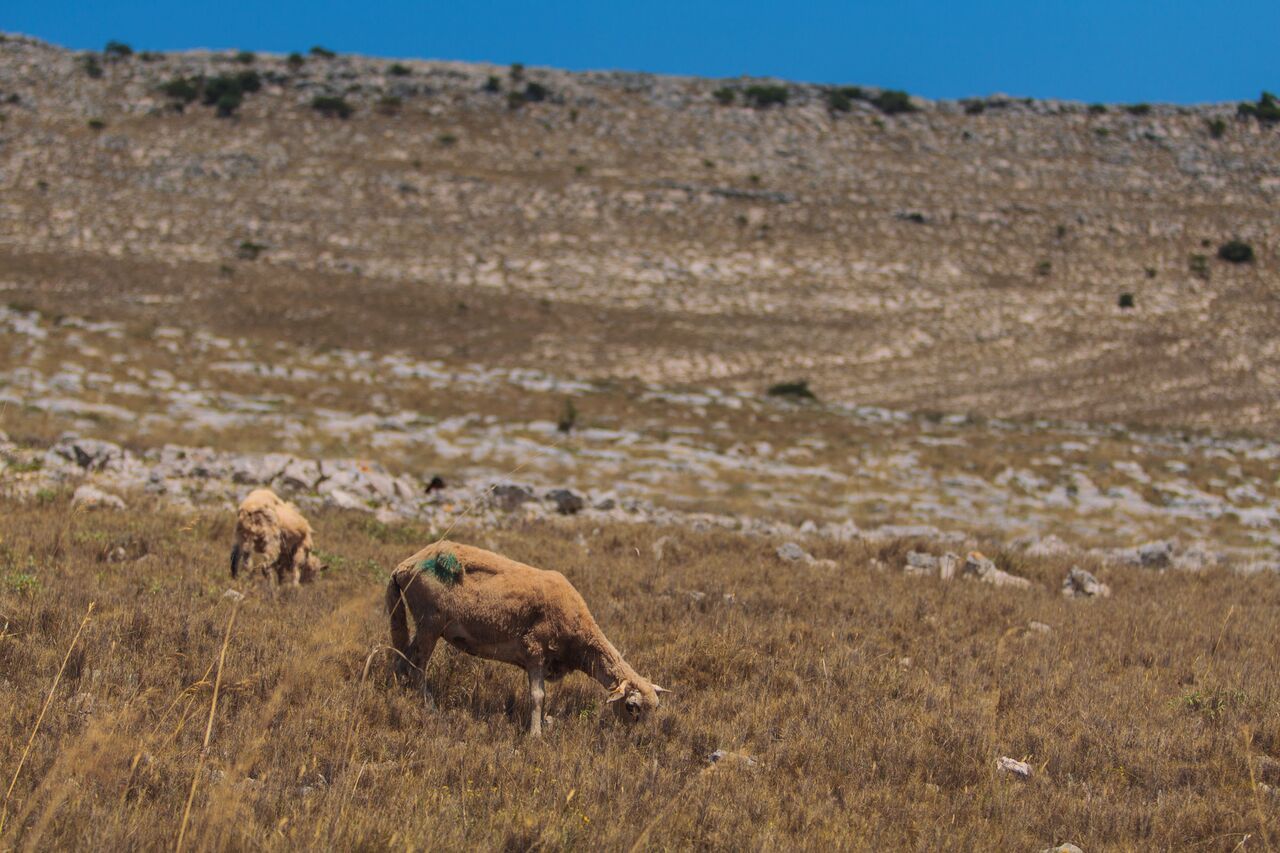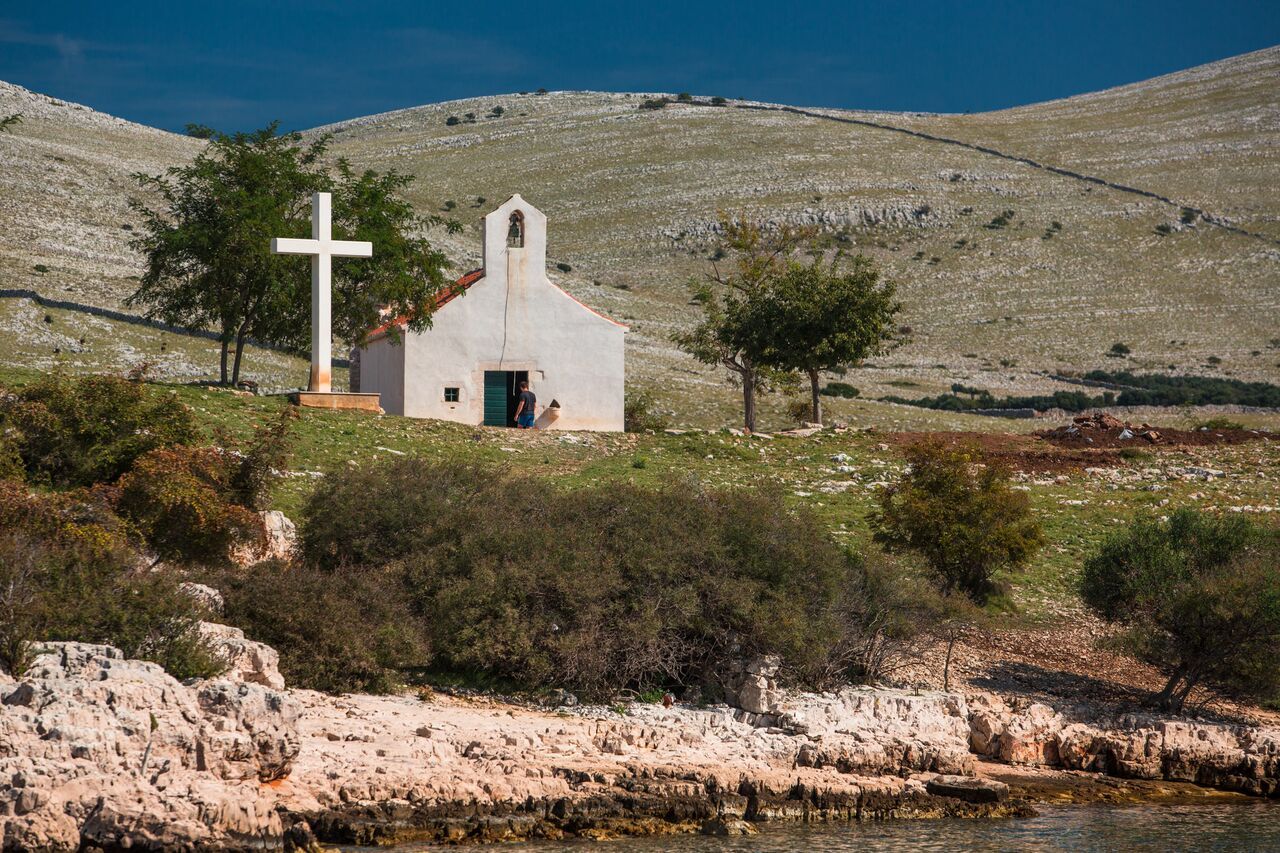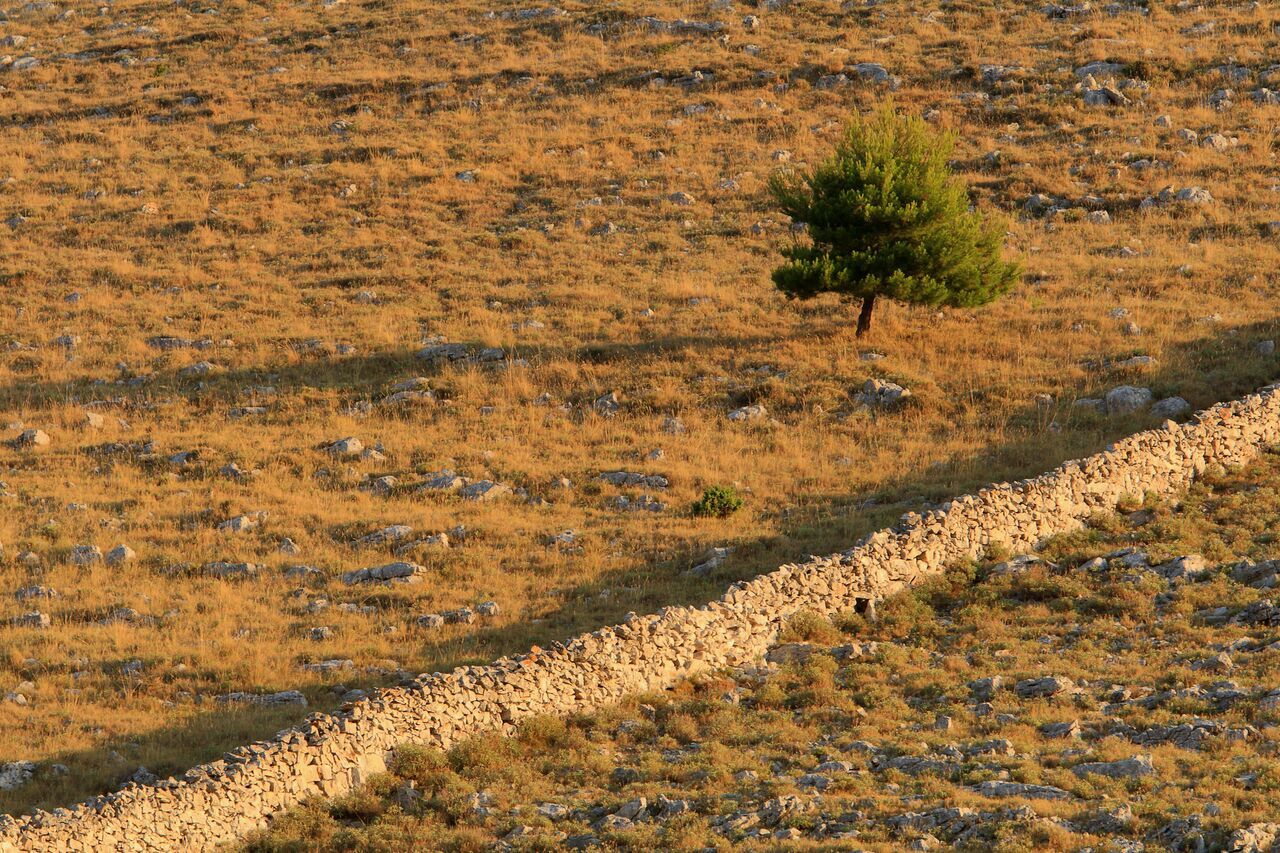Ever been to the Kornati islands?
There are very few places quite as strange and alluring as Croatia's Kornati islands, sometimes referred to as the Stomorski islands.

Located in northern Dalmatia, west of the town of Šibenik and south of Zadar, these fascinating islands draw tourists from all over the world, and despite the various tours which go there, these islands could easily exist without any real need for promotion. Their strange, somewhat eerie and barren appearance works as their own constant advertisement. Like something from another planet, these islands sit silently in stark contrast to the lush, vegetation covered islands typical of the Croatian coast.

As Morski writes on the 12th of August, 2018, the unusual and almost desolate looking Kornati saga tells a story of nature and humanity. This archipelago was proclaimed a National Park 38 years ago, and on the occasion of its 38th birthday, here are some facts about this oddly beautiful archipelago you might not know.
The Kornati islands consist of an intricate stone labyrinth of islands and islets, and the archipelago is otherwise the most indented island group in the entire Mediterranean.
The islands within the National Park are categorised into two rows - the Kornatski and the Piškerski islands.

Their name is derived from the largest of the islands among them - Kornat.
Just why are these islands so ''naked'' and barren looking? Once upon a time on the Kornati islands, thick, lush oak forests once grew, but due to the need for pasture and cultivable land, they were removed back during Illyrian times. Following thousands of years of exploitation as time went on, these areas became harsh, bare, and rocky.

Although through the eyes of individual observers these bizarre islands may look like some sort of landscape from the moon, there have actually been more than 650 plant species recorded on them so far.
The type of rockery these island boast makes for a good home to some otherwise rare birds, mammals are somewhat harder to come across, and one of the only ones known to be living on the Kornati islands is the very cute and comical looking Beech Marten (Martes foina). Other than that, you'll mainly come across sheep and donkeys.

Back in 1824 on the island of Piškera, there were once thirteen houses, fish and salt storage, and various items for fishery. Before the final collapse of the powerful Venetian Republic, the Venetians had settled in Panitula. There are only five houses remaining today on Piškera, as well as an old church from the year 1560. This small church was built solely for fishermen and is the only one of its kind located on the Adriatic.

There are about 300 houses dotted around on these islands. A good ninety percent of the owners of these properties are residents of the island of Murter.

At the end of the 19th century, Murter locals had leased the islands and constructed dry stone walls. This magnificent drywall is a monument to incredible human workmanship, skill, talent, and above all, patience. They stretch from shore to shore, and they were built so that the resident sheep would not cross over onto someone else's land. On the island of Kornat alone, there are 260 kilometres of drywall, and on the entire surface of the National Park lies an impressive 330 kilometres of it.

The first written proposal for the proclamation of Kornati as a National Park initially came about back in 1965, and after the elaboration and the proclamation of natural resource reserves, the Parliament of the (then socialist) Republic of Croatia declared the Law on the National Park of Kornati, which entered into force on August the 13th, 1980.
The surface area of the National Park is 216.78 km², and the largest width within the boundaries of the park is 6 kilometres.

Kornati boasts an interesting geological phenomenon, a landslide which once took place, the cause of which most likely being powerful earthquake, has created a fascinating landscape. Vela ploča or Magazinova škrila, as it is often referred to, is the highest peak on Kornati (237m).
The odd landscapes are perhaps the most impressive on the island's ridges where the steep slopes rise above the sea, the highest of all being the uninhabited island of Klobučar (80m).
The sea around Kornati is extremely clean and clear because the sunlight from above penetrates very deeply, creating a specific habitat for fish and various types of very beautiful corals.

To date, 353 algae species and 3 species of marine flora have been recorded in the National Park area, and about 850 species of animals including 61 species of corals, 177 species of molluscs, 61 species of crabs, and 185 species of fish have been recorded.

The only lighthouse on the Kornati is called Tajerske sestrice, locaed on the only truly forested small island in the archipelago. The lighthouse was built in 1876, and is easily recognisable by the red and white stripes on its iron tower.

SOURCES: Parkovi Hrvatske, NP Kornati
PHOTOGRAPHY: Copyright Romulic and Stojcic


